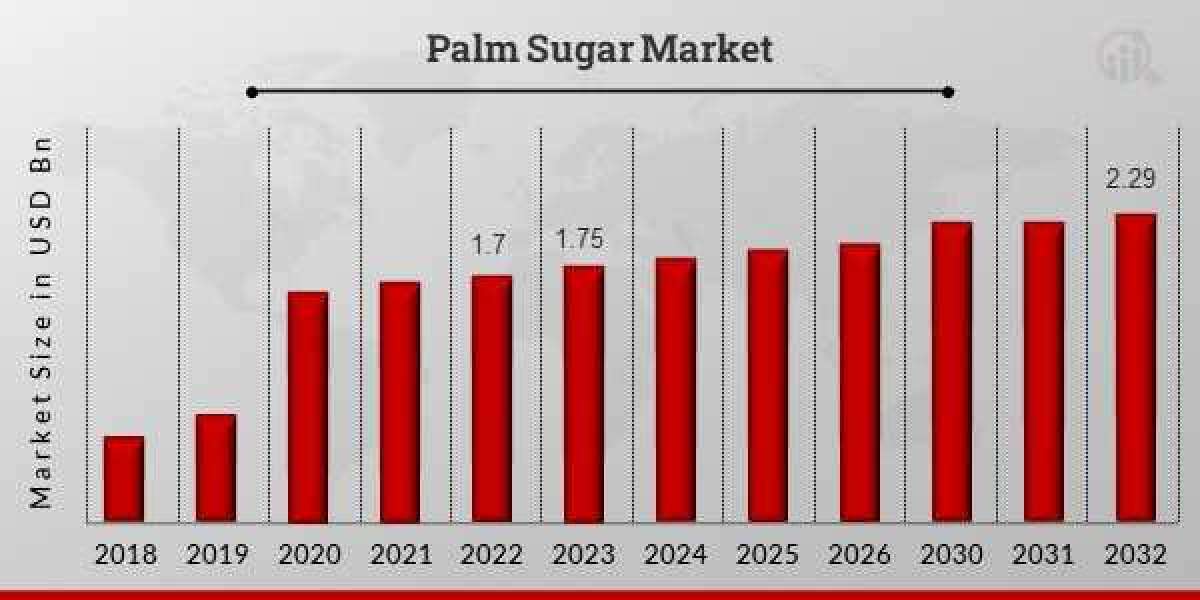The T-cell therapy market is poised for significant growth in the coming years, driven by several key drivers, restraints, and opportunities.
Drivers:
Increasing Prevalence of Cancer: Cancer is one of the leading causes of death worldwide, with an estimated 19.3 million new cases and 10 million cancer deaths in 2020. This has created a significant need for new and innovative cancer therapies, including T-cell therapy.
Growing Demand for Personalized Medicine: Personalized medicine involves tailoring treatments to individual patients based on their specific genetic, environmental, and lifestyle factors. T-cell therapy is a prime example of personalized medicine, as it involves the modification and use of a patient's own T-cells to target and destroy cancer cells.
Advancements in T-Cell Engineering Technologies: Over the past decade, there has been a significant increase in the development of novel T-cell engineering technologies, including CAR-T and TCR-T therapies. These therapies involve the genetic modification of T-cells to express chimeric antigen receptors (CARs) or T-cell receptors (TCRs) that can recognize and bind to specific cancer cell surface antigens.
Rising Investments in Research and Development: Governments and private investors are increasingly investing in T-cell therapy research and development, which has resulted in significant advancements in the field.
Restraints:
Development of Resistance to Therapy: Cancer cells can evade T-cell recognition and attack by downregulating the targeted antigen or by developing other mechanisms of immune evasion. This can lead to relapse and disease progression.
Off-Target Effects: Off-target effects occur when T-cell therapy recognizes and attacks healthy cells expressing the targeted antigen. This can lead to serious adverse events, including cytokine release syndrome (CRS) and neurotoxicity.
Manufacturing Challenges: The manufacturing process for CAR-T or TCR-T cells is complex and expensive, and there are currently only a limited number of certified manufacturing facilities capable of producing these therapies. This has led to supply chain constraints and high costs, which limit access to these treatments for many patients.
Opportunities:
Emerging Applications in Other Diseases: While T-cell therapy is currently most commonly used in cancer treatment, there is increasing interest in its potential application in other diseases, such as autoimmune disorders and infectious diseases.
Development of Next-Generation T-Cell Therapies: Researchers are exploring various strategies to enhance the efficacy and durability of T-cell therapy, including the development of next-generation T-cell therapies, such as armored CAR-T cells, bispecific T-cell engagers, and T-cell vaccines.
Expansion into Emerging Markets: The T-cell therapy market is currently concentrated in North America and Europe, but there is significant potential for expansion into emerging markets, such as Asia Pacific and Latin America.
Collaboration and Partnerships: Collaboration and partnerships between academic institutions, research organizations, and pharmaceutical companies are crucial for advancing the field of T-cell therapy and accelerating the development of new and innovative therapies.
In summary, the T-cell therapy market is poised for significant growth in the coming years, driven by increasing demand for personalized medicine, rising investments in research and development, and advancements in T-cell engineering technologies. However, there are also significant challenges to overcome, such as the development of resistance to therapy, off-target effects, and manufacturing challenges. By addressing these challenges and leveraging emerging opportunities, the T-cell therapy market has the potential to revolutionize the field of cancer and beyond.














